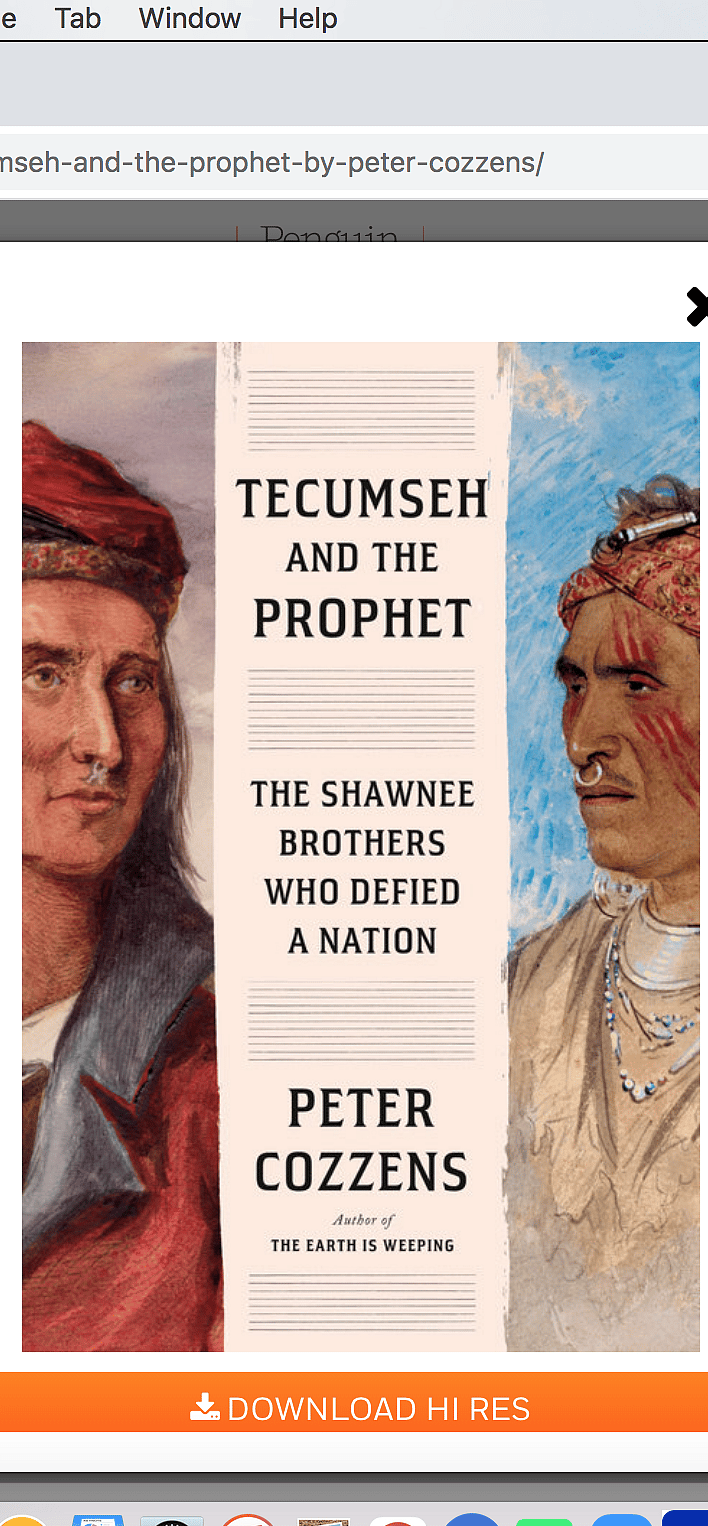A Tale of Two Indians Shows How The West Was Really Won – Tecumseh and The Prophet

Tecumseh and the Prophet: The Shawnee Brothers Who Defied A Nation
By Peter Cozzens
Knopf
October 2020
560 pages
In Tecumseh and the Prophet, Peter Cozzens, formerly a captain in the U.S. Army and later a foreign service officer, has written a frank and unvarnished account of the struggle between the two million or more white colonial settlers and sixty thousand Native Americans in the five states that made up the original 1787 Northwest Ordinance territory – Ohio, Indiana, Michigan, Illinois and Wisconsin.

